During the early months of 2025, firms have exhibited a range of organic and inorganic growth trends in the independent wealth management space.
Some firms have sustained both organic and inorganic growth. Others have focused on inorganic growth through a steady drumbeat of M&A. Less widely reported are RIAs that have undergone steady organic growth without pursuing such deals. Other firms are plateauing without experiencing meaningful growth of any kind. And some well-known aggregators are even suffering from attrition as advisors vote with their feet after an acquisition.
To get a better sense of the evolving landscape, its opportunities, challenges and what firms can do to succeed, WSR reached out to Neil Turner, Co-Founder, Co-CEO and Managing Partner of NewEdge Advisors and the Chief Revenue Officer of NewEdge Capital Group; Maria Daley, Head of Advisor Success & Integration at Perigon Wealth Management; Jeff Nash, CEO and Co-Founder of Bridgemark Strategies; David Reynolds, a Principal at Berkshire Global Advisors; and Angie Herbers, Managing Partner at Herbers & Company.
Foundations Of Organic Success
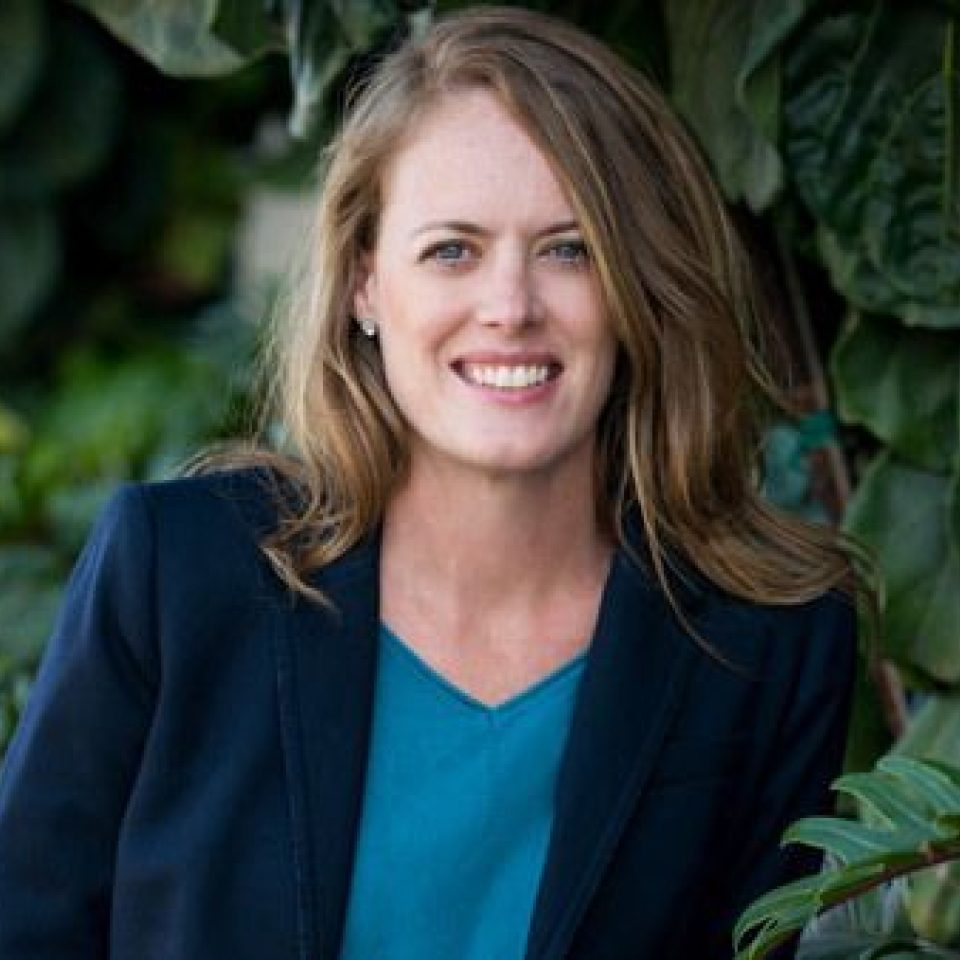
A natural starting point is to figure out what is propelling the success of the firms that are experiencing organic growth.
“Firms experiencing the highest organic growth have the best financial advisor training, retention, and recruiting programs,” said Herbers, whose consultancy serves RIAs and other financial advisory firms. “They have a clear understanding of who they are, a well-defined service model, and a deep understanding of the value they deliver.”
For Turner, it comes down to having tools and resources that empower advisors to grow, advisors who are proactive in driving their own growth, and unique internal and external client referral programs that generate new business opportunities.
Daley sees success in organic growth as based upon being able to clearly present and communicate a value proposition to clients and advisors. She views Perigon as benefiting from niche specialization, strong referral networks and a robust digital presence. However, leadership also plays a role by fostering a mindset and culture that leads to proactive engagement that ensures high retention and sustainable expansion.
Nash – whose consultancy helps advisors evaluate and execute transitions, and provides M&A, succession planning and buy/sell guidance – believes that firms too often confuse maturation with growth. According to him, a maturing business will get some new referrals, some additional assets from existing clients and as the markets go up thus revenue also goes up. But firms focused on organic growth have a growth plan and commit resources to spur growth, including both people and money, Nash argues.
Reynolds finds that the firms that are growing the fastest generally have a business model that separates the sourcing of new business from the servicing of clients. He points out that, whether this is with dedicated business development officers (BDOs) or marketing teams, successful firms will have a team or teams of people focused on generating client leads who then bring in the right advisor to win the business and service the client.
Roadblocks To Organic Growth
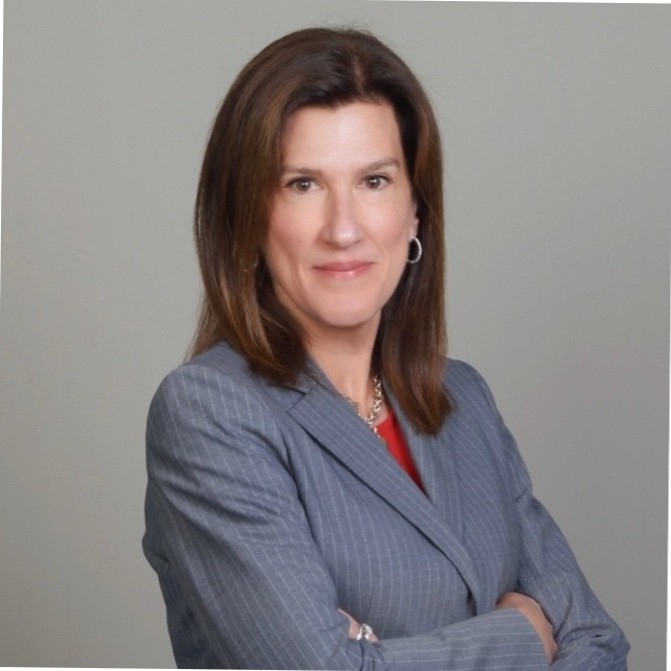
The next step toward understanding the current environment for growth in the independent wealth management space is to explore its roadblocks.
“Client saturation, where attracting new high-value clients becomes harder as markets mature and referrals slow, as well as scaling personalized service, advisor capacity constraints and increasing competition, are key issues,” Daley says. “Talent retention, regulatory complexity and evolving fee models can also challenge sustainability.”
Firms also face roadblocks like inefficient tools for advisors, an aging advisor base with clients in the decumulation phase, and a lack of internal and external client referral programs, according to Turner.
The roadblocks to growth are often related to the firm’s tangible commitment to true growth, Nash suggests. Many firms are successfully generating referrals and that keeps them busy, but if they are unwilling or unable to scale the business their growth will be hampered, he warns. That’s why Nash insists that soliciting and acting on advisor feedback and investing in business development resources they say they need is key.
Reynolds thinks the biggest roadblock to organic growth is generally advisors not having enough time to focus on sourcing and winning new clients while still serving their existing clients well. He also sees clients increasingly demanding services beyond just investments and basic financial planning, so firms that can’t offer more holistic services often find themselves losing out to firms that can. In Herbers’ view, most firm owners have a misunderstanding about how organic growth is achieved, and those who understand it have a significant advantage. Organic growth in financial advice is impossible if there is no capacity to serve, she argues. Herbers adds that, if a firm doesn’t have enough financial advisors to serve clients, then organic growth and marketing efforts are wasted, because organic growth starts with human capital and training – not marketing.
Markets Versus Client Funds
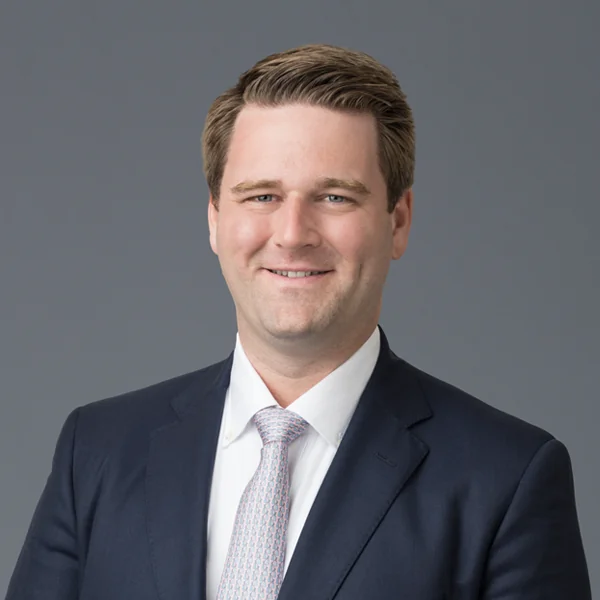
Furthermore, it’s essential for wealth managers to be realistic about how their firm actually generates organic growth. In other words, to what extent it comes from new client funds, or from rising markets. This is especially prudent given the potential for sustained volatility amid prevailing geopolitical tensions.
“Markets rise and fall, so when we think of the true ‘organic growth’ of a business, we think of a firm’s ability to win new clients and gain wallet share from existing clients,” Reynolds says. “However, since clients generally spend down their money in retirement, it is very hard to have positive net inflows. As such, for many firms, growth has come mainly from the market, particularly given recent performance.”
As Nash sees it, organic growth is measured by net new assets (NNA). He finds that, on average, advisory firms lose between 3% and 5% of assets annually from client withdrawals. Which would mean that a firm needs to grow at least that much to break even. He emphasizes that organic growth and/or organic growth rates are particularly important when selling or valuing the firm, because buyers are increasingly focused on NNA as a growth metric – removing market growth from the calculation.
For Herbers, organic growth is traditionally defined as internal efforts, and a rise in markets is an external factor. In her definition, organic growth comes from new assets being contributed and transferred from existing clients, extensions of new client segments served, particularly those in the mass affluent, an unsaturated segment of financial advice, and expansion of services to existing clients such as tax planning and preparation, and business services.
Turner largely agrees, explaining that organic growth comes from net inflows versus net outflows, excluding market gains or losses. He believes that market rises are not a true measure of organic growth, and in fact can be used by some as an attempt to mask the lack thereof.
Daley shares a similar perspective, pointing out that, while organic growth can help sustainability, a firm must also deliver during periods of decline. Organic growth at Perigon primarily comes from strong referrals, niche specialization and enhanced marketing. Since true organic growth depends on attracting and retaining clients, Perigon focuses on personalized planning and technology to create efficiency. As a result, the client experience results in sustainable inflows independent of market fluctuations.
Measuring Inorganic Growth
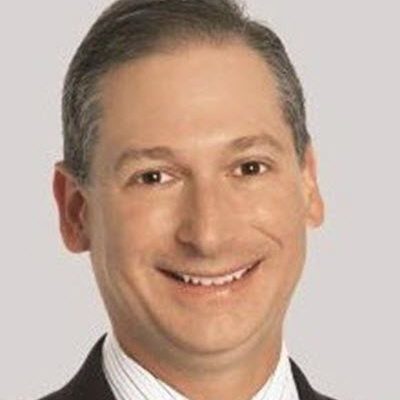
Turning to inorganic growth, WSR wanted to know other ways to measure its success aside from dollar figures. “Inorganic growth is often related to acquisitions, so how many acquisitions has a firm completed and what are the assets of those acquisitions?” Nash poses. “What are the retention rates on those acquisitions? Revenue generated and additions to advisor headcount are also figures that become most important with inorganic growth. A firm’s pipeline of potential recruits is also a measure of its success.”
Reynolds adds that there are many ways to measure success for an acquisition beyond just dollars. Does an acquisition add a new capability or bring access to a new channel for client growth? Is it the right cultural fit? Does it help accelerate organic growth? One acquisition that enhances the service offering and accelerates organic growth is often more successful than several acquisitions done just for scale, he notes.
Daley explains that Perigon assesses inorganic growth through both cultural and financial lenses. Culturally, the firm aims to foster inclusivity and collaboration by allowing advisors to maintain individuality while engaging with the Perigon community. Financially, the firm relies heavily on data to track the integration success. Daley argues that the numbers don’t lie and usually ensure Perigon acquires firms that align with its broader growth strategy.
As Herbers sees it, inorganic growth solely depends on the goal. Those goals could include talent acquisition, assessable lead sources for additional clients, expansion of services, expanding executive teams and so on. However, she finds that most prevalent are gains on valuation. For example, two firms operating separately might be worth $8 million each. If they merged or acquired another, they may not equal $16 million in valuation. Herbers calculates that it likely will equal over $20 million, producing an instant positive gain of $4 million.
Success in inorganic growth can also be measured by net new assets in addition to net new money, according to Turner.
Simultaneous Growth Paths
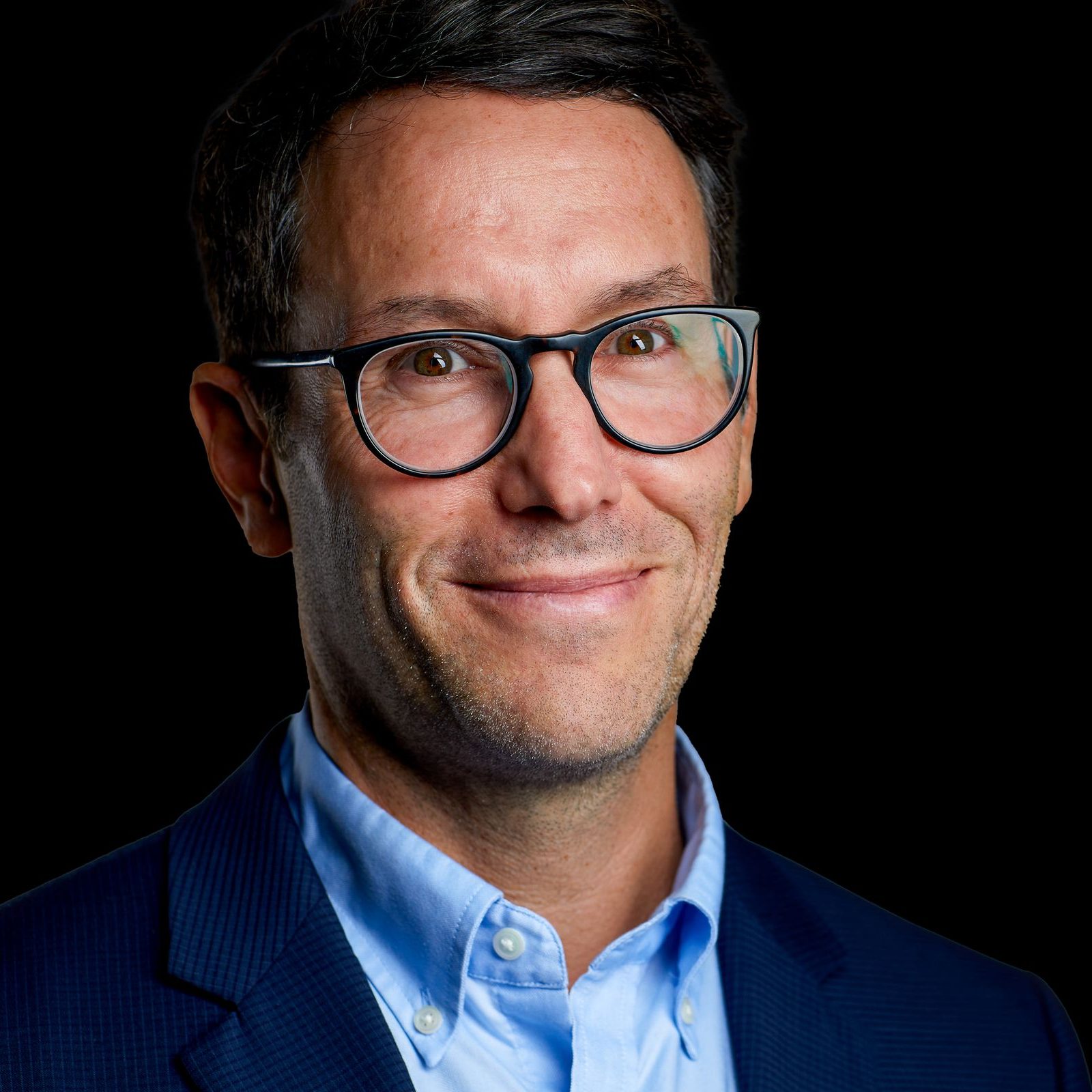
Finally, WSR sought to discover how firms can achieve both organic and inorganic growth simultaneously, as well as under what circumstances they will focus on one of these at a time.
“Firms can achieve both organic and inorganic growth simultaneously. In fact, inorganic growth should only be pursued if organic growth is already strong,” Turner says. Piling inorganic growth on top of an engine that is not driving growth organically, is ‘good money chasing bad.’ Achieving both concurrently is not only possible but also a key indicator of long-term success.”
Many of the industry’s largest RIAs are successful at both organic and inorganic growth, so it’s not a surprise these same firms themselves can trade at some of the industry’s higher multiples, according to Nash, who notes that multiples are often tied back to growth rate.
Herbers warns that the biggest enemy of organic growth is undercapitalized inorganic growth efforts. She points out that if a firm pursues M&A without enough time, people and knowledge, the strategic attention turned toward M&A will automatically decrease organic growth rates. That’s why the best practice is to master organic growth first and then layer on inorganic growth strategies, Herbers suggests.
Daley finds that firms that empower advisors with organic growth opportunities are more attractive acquisition targets. She cited the 2024 Charles Schwab RIA Benchmarking Study, which showed that top-performing firms see 2.1x more growth by integrating both strategies. And since a key driver of M&A interest is the ability to scale within a strong community, that is something Perigon prioritizes.
Finally, Reynolds observes that although firms can absolutely achieve success growing both organically and inorganically, it’s hard for smaller firms to do both due to scarcity of time, people and resources. “But as firms gain scale, it becomes increasingly easier to develop programs for both. In many ways, being successful in either aspect makes the other more viable as well.”
Chris Latham, Contributing Editor, Strategic Advisor at Wealth Solutions Report, can be reached at clatham@wealthsolutionsreport.com.














